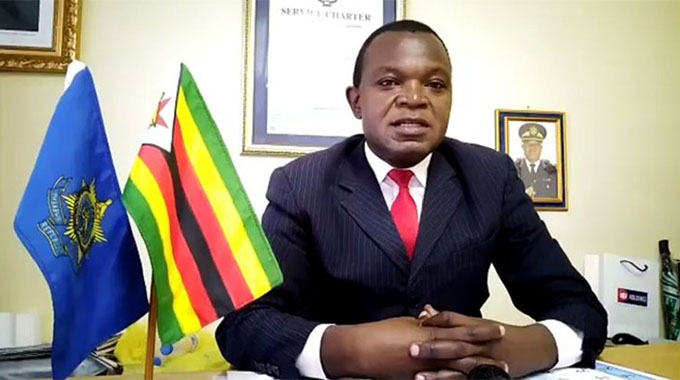President launches countdown to census

Zvamaida Murwira Senior Reporter
The 50-day countdown to the 2022 population and housing census started yesterday with President Mnangagwa marking the countdown and stating that his Government was ready to address gaps in services and facilities that the census will reveal with accurate data coming far more quickly than before, thanks to digital data gathering.
The double census for population and housing is run by the Zimbabwe National Statistics Agency (ZimStat), a professional statistical unit, and will be held from April 21 to 30, 2022.
Officially marking the 50 days countdown at State House yesterday, President Mnangagwa said the Government was excited that data collection for the forthcoming population and housing census will be digital, a major shift from the past where enumerators used paper questionnaires with a long wait while data was entered manually into computer systems before the numbers were crunched.
While detailed information is gathered by enumerators it is all aggregated, so it is impossible to identify any individual in the final reports and privacy is thus protected.
“Zimbabwe’s economic growth and development requires full and optimal utilisation of the existing labour force. Through the upcoming census, ZimStat will provide relevant, accurate and reliable statistics on the size, composition and skills of our labour force.
“My Government, therefore stands ready to address any gaps that the census data will reveal and to work towards reducing unemployment.”
The 2022 census, said President Mnangagwa, sees enumerators equipped with electronic tablets for data collection and prompt transmission to the servers for aggregation, processing and analysis.
“This facilitates instant processing and analysis of data, thus enabling us to produce preliminary results within three months of conducting the census,” said President Mnangagwa.
Economic blueprints such as Transitional Stabilisation Plan and National Development Strategy 1 required baseline information from the censuses and surveys conducted by ZimStat and assessing the degree of success of implementation of such programmes and projects required good statistics as performance indicators.
“Thus a census enables Government to make evidence-based decisions as it provides information on size, distribution and age structure of the population. On that basis, Government can plan for social services delivery.”
He said the coming of independence in 1980 saw the Government embarking on family planning measures with a view to having a sustainable family size.
This, said President Mnangagwa, saw total fertility rates going down from 5,9 children per woman in 1982 to 3,7 children per woman in 2012 as women became more educated and medical services improved.
“On the other hand, infant mortality rates declined from 64 deaths per 1 000 live births in 2012 to 53 death per 1 000 live births in 2019, according to the Multiple Indicator Cluster Survey. Maternal mortality ratio decreased from 525 deaths to 462 per 100 000 live births in 2012 and 2019 respectively.”.
He said population and housing census will provide comprehensive information on issues such as levels of education, literacy and fields of specialisation of population.
It will also interrogate reasons for dropping out of school to assist the Government to come up with intervention measures that will reduce school dropout rates.
“In line with the Second Republic’s mantra of not leaving anyone or any demography behind, the upcoming census will have a module to provide statistical data on people with functional difficulties.
“These are challenges encountered in performing routine activities such as seeing, walking, remembering or concentrating, self-care communication and hearing. This information enables Government to craft intervention policies and programmes that reduce inequalities among disadvantaged population groups,” he said.
Other issues the census will focus on include housing characteristics and living conditions such as access to electricity, types of dwelling units and sources of drinking water among others.
There will also be a module on emigration that will provide demographic information and estimate of the country’s diaspora population to determine the level of skills loss or brain drain that has occurred.
He said Government successfully implemented Millenium Development Goals that ended in 2015 which eventually saw the launch of Sustainable Development Goals with Zimbabwe implementing all the 17 SDGs.
“As a member of the African Union, Zimbabwe abides by Agenda 2063 Action Plan for transforming Africa into a global power house. Strategies and plans for the agenda require implementation, monitoring and evaluation against set performance targets. Major performance indicators are obtained from data on census and surveys,” he said.
He commended development partners for their support towards the census and pledged that his Government was committed to support the exercise.
The event was attended by Finance and Economic Development Minister Professor Mthuli Ncube, ZimStat chairperson Dr Naomi Wekwete, ZimStat director general Mr Taguma Mahonde and senior Government officials.







Comments